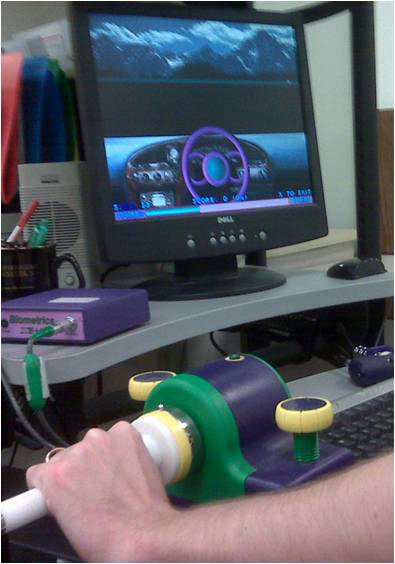Evidence Based Practice
If basic research design was used in the clinic, practice would already be substantiated.
THE PROBLEM
Changes in health care delivery and reimbursement have significantly impacted therapy professions. No longer can a technique or theory be supported only because it has become “traditional” or “endorsed to work” by experts with experience. Reimbursement is made for what has been “proven” to work. There is a danger here. Much of the traditional knowledge and skills of experienced therapists that are taken for granted are “at risk” of no longer being used as these are no longer reimbursed. When treatment is recognized only in predetermined billing categories, new and important information for improved practice may not be developed, or go unrecognized.
THE SOLUTION: EVIDENCE BASED PRACTICE
In the time crunch of the modern clinic and demand for effective efficient treatment, some frivolous and ineffective treatment passed on by tradition can now be discarded as superfluous. But how does one recognize the good from the bad, and the most effective from less effective? The answer lies in documented study that substantiates practice, i.e. research. Who will do this research? There is never time, yet in the long run evidence based practice is critical to our clinical treatment and survival of treatment. Therapists need templates on how clinical research can done now, today, given the time constraints and demands of a busy practice.
Moving beyond the threats to professional practice from a changing healthcare environment can be uniting in effort – we can help each other to network on these skills.
Step 1
Step 2
Step 3
GRANTS
Supporting novice or experienced researchers who are able to expand the scientific evidence, visibility, and quality of upper extremity and hand rehabilitation.
DONATIONS
Support our mission of promoting high impact clinical and fundamental upper extremity research. Your generosity makes a difference! Support your profession through a tax‑deductible gift today.
